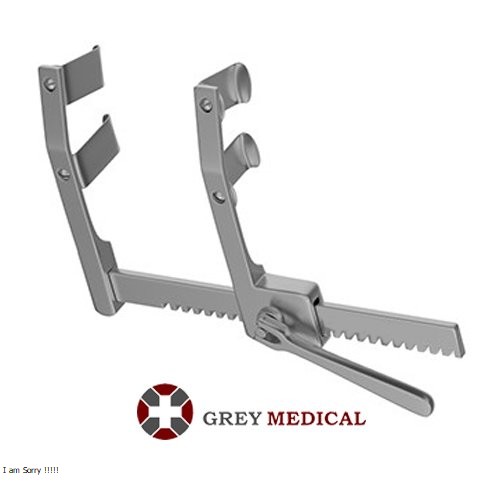Rib spreader surgery, also known as thoracotomy, is a vital surgical procedure used in various medical fields, including cardiac, lung, and thoracic surgeries. This technique involves the temporary separation of the ribs to provide better access to the chest cavity. Rib spreader surgery is an essential technique in the treatment of a variety of thoracic and cardiac conditions.
What is Rib Spreader Surgery?
Rib spreader surgery is a procedure that involves the use of a specialized instrument, the rib spreader, to gently separate the ribs. This allows surgeons to gain access to vital organs within the chest cavity, such as the heart, lungs, and other thoracic structures. The most common applications of rib spreaders are in heart bypass surgeries, lung resections, and surgeries involving the esophagus or other chest organs.
When is Rib Spreader Surgery Needed?
Rib spreader surgery is often used in the following situations:
- Cardiac Surgery: To perform heart surgeries like coronary artery bypass grafting (CABG) or valve repair.
- Lung Surgery: For procedures like lung biopsy, removal of a portion of the lung (lobectomy), or in the treatment of lung cancer.
- Esophageal and Other Thoracic Surgeries: In surgeries involving the esophagus, diaphragm, or chest wall.
How Does Rib Spreader Surgery Work?
The process of rib spreader surgery involves several stages:
- Anesthesia: The patient is given general anesthesia to ensure they are completely unconscious and pain-free during the procedure.
- Incision: The surgeon makes an incision in the chest, usually along the side or center, depending on the surgical need.
- Rib Separation: A rib spreader is inserted between the ribs to gently separate them, providing access to the underlying organs.
- Surgical Procedure: Once the ribs are spread, the surgeon performs the necessary procedure on the heart, lungs, or other chest organs.
- Closure: After the surgery is completed, the ribs are gently brought back together, and the incision is closed with sutures.
Types of Rib Spreaders
There are different types of rib spreaders designed for specific surgical needs:
- Finochietto Rib Spreader: One of the most commonly used rib spreaders, this instrument allows the surgeon to gradually widen the ribs for optimal access.
- Sternal Spreaders: These are used when access to the sternum (breastbone) is required, such as in open-heart surgeries.
- Single-Prong Rib Spreaders: Used in less invasive procedures where smaller separations of the ribs are needed.
Benefits of Rib Spreader Surgery
Rib spreader surgery offers several benefits, including:
- Access to Vital Organs: It provides the necessary access to perform life-saving procedures on the heart, lungs, or other chest structures.
- Improved Surgical Precision: The ability to spread the ribs allows surgeons to work with greater precision in complex thoracic surgeries.
- Increased Visibility: With the ribs separated, the surgeon has a clear view of the organs, leading to better outcomes in surgeries.
Risks and Complications
Like any surgery, rib spreader procedures come with potential risks, including:
- Infection: As with all surgical incisions, there is a risk of infection at the surgical site.
- Rib Fracture: In rare cases, the ribs may crack or break due to the spreading force.
- Pain and Discomfort: Patients may experience significant post-operative pain due to rib manipulation.
- Nerve Damage: There is a slight risk of nerve injury, which could lead to discomfort or numbness.
Recovery After Rib Spreader Surgery
Post-operative recovery from rib spreader surgery varies depending on the complexity of the surgery and the patient's overall health. However, some general guidelines include:
- Hospital Stay: Most patients remain in the hospital for several days to monitor recovery, especially after heart or lung surgery.
- Pain Management: Pain medications are prescribed to manage post-operative discomfort, and physical therapy may be recommended to improve mobility.
- Activity Restrictions: Patients are advised to avoid strenuous activities and heavy lifting for several weeks to allow proper healing of the ribs and chest wall.
- Long-Term Recovery: Full recovery may take several weeks to months, depending on the extent of the surgery and the patient’s overall health.
Conclusion
Rib spreader surgery plays a crucial role in many complex thoracic and cardiac procedures. Although it involves risks, modern techniques and advanced instruments have significantly reduced complications and improved patient outcomes. Understanding the purpose, process, and recovery expectations can help patients and their families better prepare for this important surgery.





Comments